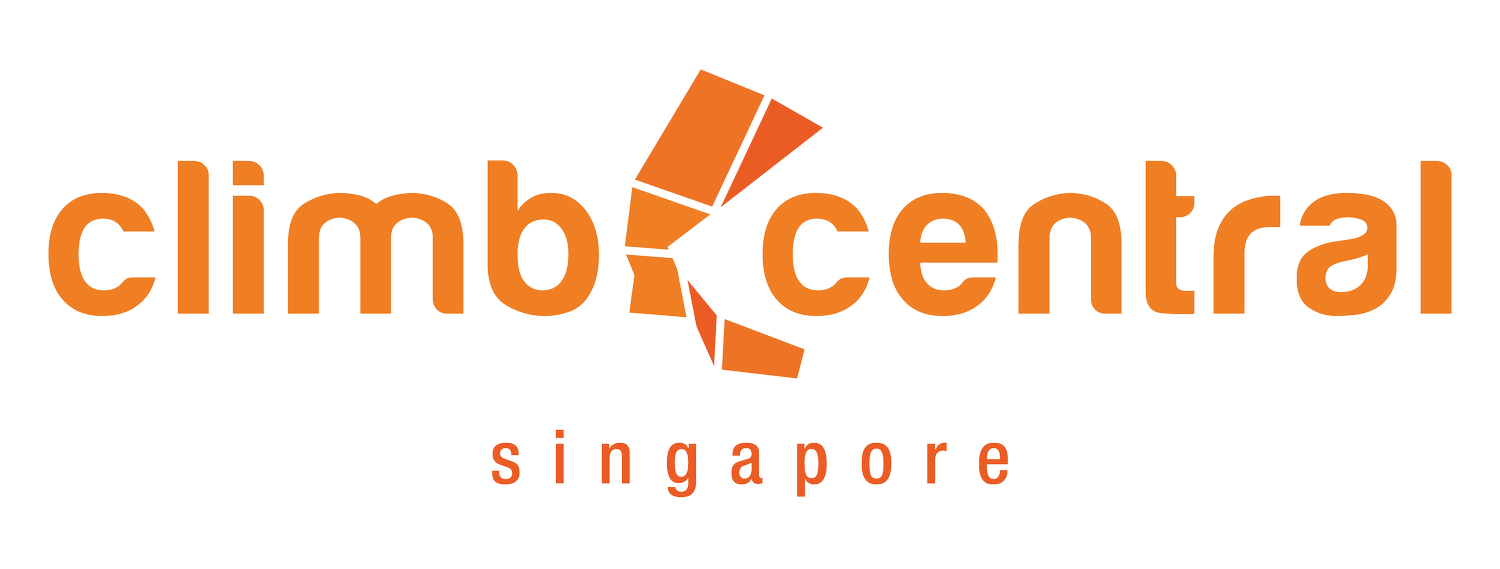Why the change?
Note: In Feb 2017, Climb Central made the decision to move towards allowing only ABDs on our lead wall, and also introduced verification as a facility-level check for top rope and lead belaying. This was a major change for our community and understandably sparked an uproar and much discussion. The following post was written to explain our reasons for the decision and to share more about our transition plan that lasted much of 2017. Even today, as verification becomes a regular part of a modern climber’s experience, we encourage you to not be complacent and keep looking out for ways to improve safety standards.
Dear Climbers,
Here’s some insight into Climb Central’s decision-making process on the move to introduce assisted braking device (ABDs) and improve belaying standards.
Usage of ABDs may result in an increased margin of safety
ABDs are designed to assist a belayer to hold a falling or hanging climber. A report by the German Alpine Club shows that usage of ABDs results in an increased margin of safety. The rate of observed error falls from 1.09 errors per person on a non-ABD, to 0.5-0.75 with the ABDs that were tested. See full report here.
Proficient belaying, education and training are still important
An ABD or any belay device, is only effective if used in the intended manner. When using a new belay device, climbers will not only need to be a proficient belayer but also need to learn about manufacturer’s usage recommendations, as well as the advantages and limitations of each device. As the number of new climbers increases, we need to do more if current levels of education, training and checks are insufficient.Other climbing gyms have taken this step to manage risk. Should we follow?
Despite our best efforts, some risks will remain inherent. We know of some facilities in US, Canada and Australia that only allow ABD or have pre-equipped all lanes with GriGris as an additional precaution (e.g. BKB Chicago, Allez Up, Junction Climbing, Bayside Rock Climbing).While these are not a majority, the central question is how we can reduce or eliminate as many risks as possible. One injury could affect the reputation of the entire sport of climbing. It could also be an injury to someone we know.
Change will continue to happen.
Time, energy and other resources will be required for every change. Nonetheless, manufacturers are consistently improving their technology and introducing new belay devices. Regardless of how we feel, we should not be ignorant of these developments. Find out more about 2017 ABDs launches here or learn about manufacturer thinking here.Climb Central will not restrict or recommend any particular ABD. However, for operational ease, we will only be renting out the Mega Jul.
We will also be training our staff on general principles of ABD usage and to conduct verification in accordance to recognized standards. ABD usage does not change core principles of belaying. It remains the responsibility of climbers using any personal equipment in the facility to use the equipment in accordance with manufacturer guidelines.
Some Verification FAQs
I already have a SNCS Level 1 / 2 certification, do I still need to be verified?
The verification is intended as an additional level of facility checks to ensure climber proficiency before usage of the Top Rope or Lead walls.
Given the recent increase in climbers, we feel the need for this additional level of checks for the facility to better manage the risks arising from climber & belayer inexperience and/or complacency.CC believes that the overarching theme for the recent changes is raising of safety standards. Aside from the introduction of assisted braking devices (ABDs) and checking that customers know how to use an ABD, we also hope to check that all climbers/belayers are generally proficient in what they are doing.
Climbers are still encouraged to take top rope or lead courses (e.g. the SNCS level 1 / 2 classes) and attend ABD workshops to help you attain the skills that are necessary to pass the verification test. The pre-requisite for taking the test is still attendance at a course and/or year(s) of previous experience.Where will the new verification tag be recognised?
The new verification tag will be recognised at Climb Central and Ground Up. This is not a certification card and should you visit other climbing facilities outside of the above gyms (locally / overseas), you may still need to demonstrate proof of competency in climbing and belaying according to their own facility standards.
Is the old lead tag still valid?
CC will continue to recognise the old lead tag until 31st May 2017.
A new lead tag will be issued upon passing the verification. From 1st June 2017, Climb Central will require climbers to display the new lead tag when using the lead wall or top rope walls (if you wish to use a belay device attached to harness). For requirements of other facilities, please refer to them directly.
I still have questions that aren’t answered…
If you still have any other questions or queries about verification please email us at info@climbcentral.sg. We seek your understanding in advance that we may not be able to respond to every social media comment/question but will do our best to reply to individual emails, answer your questions over the counter and to consolidate/update these FAQs.
